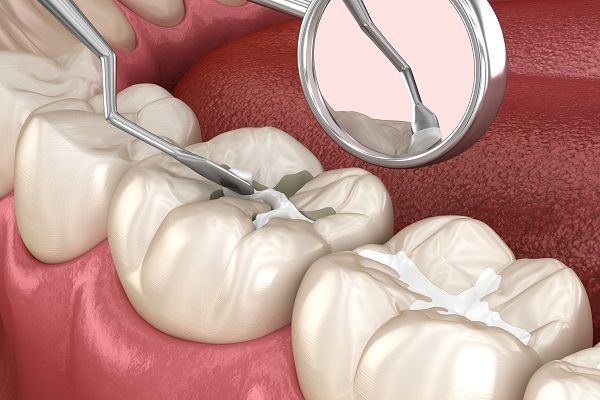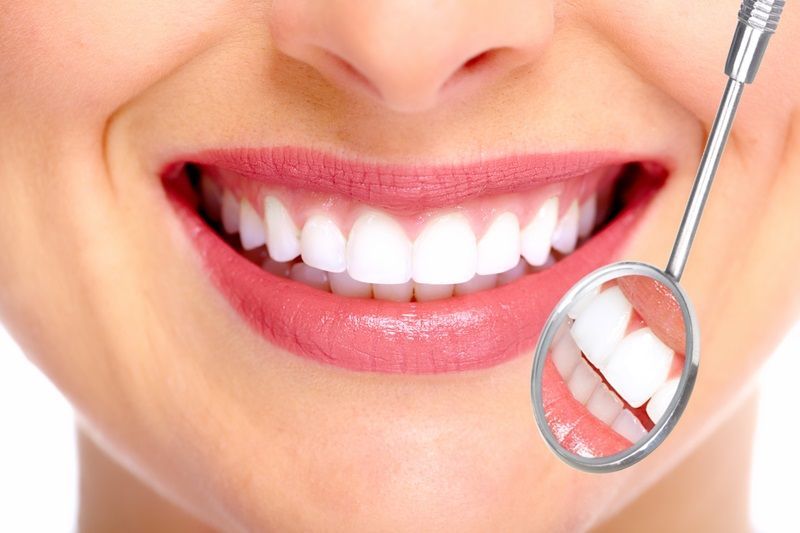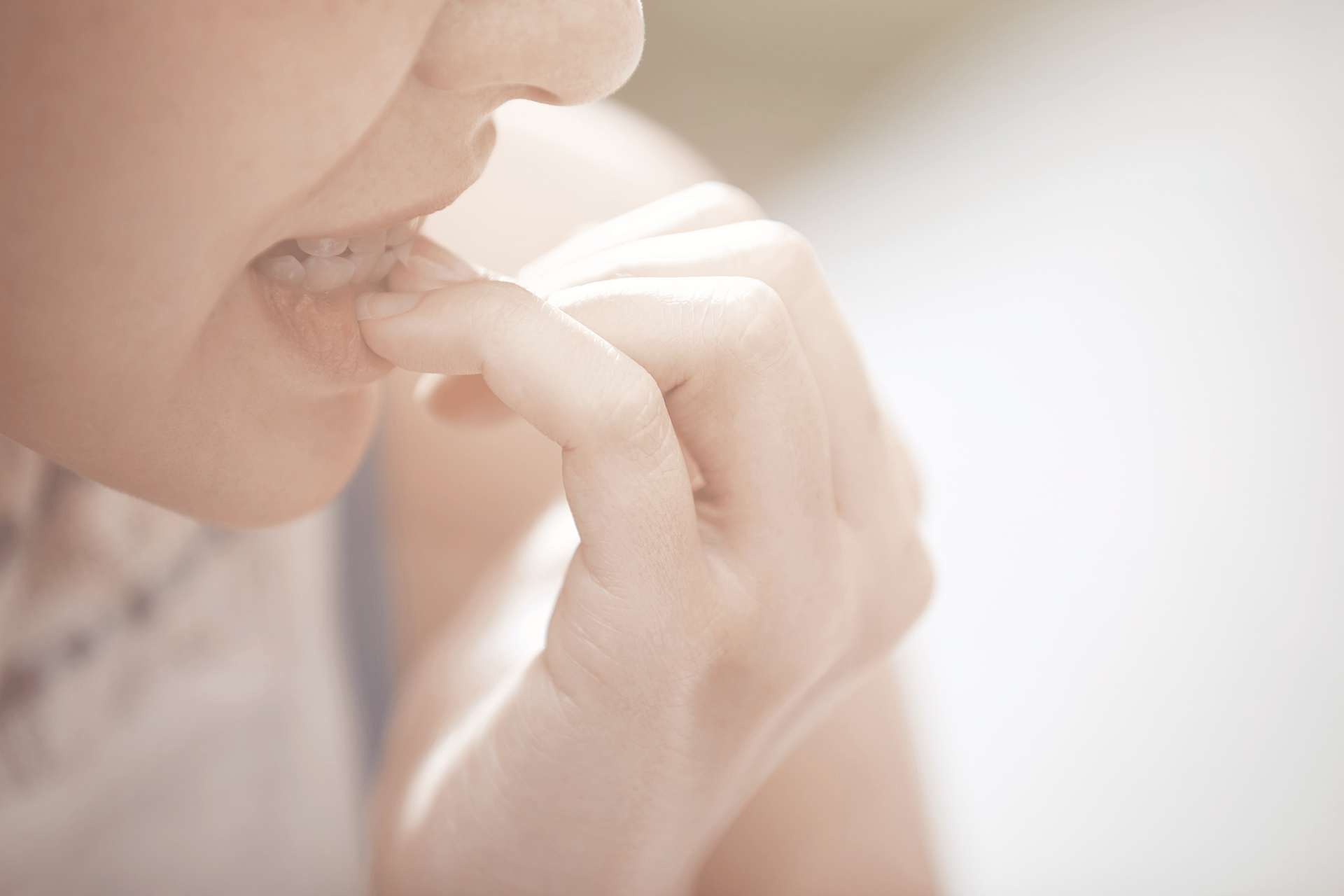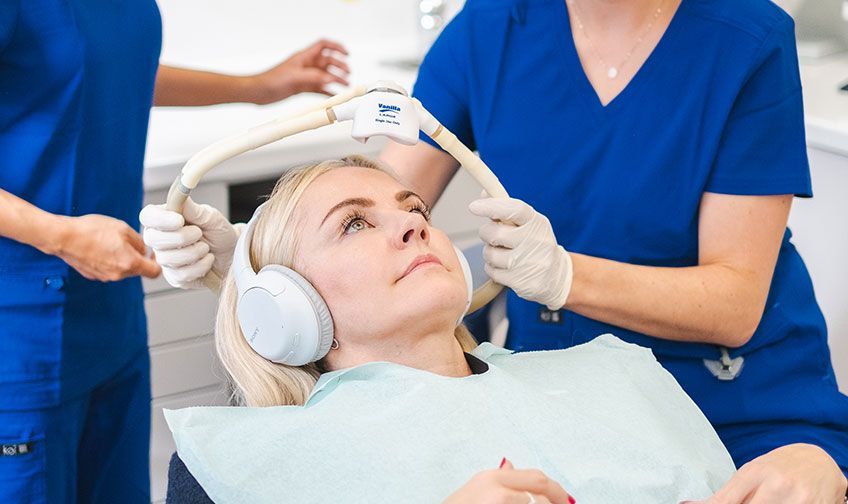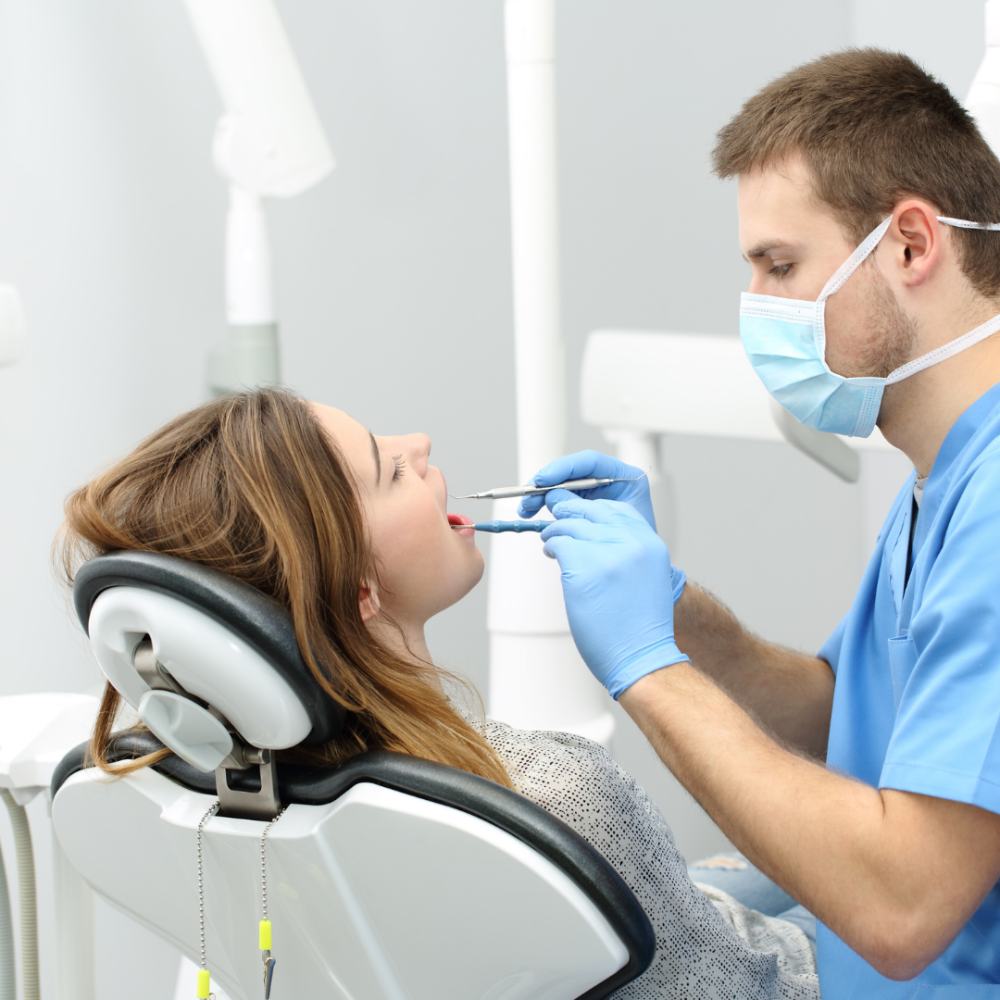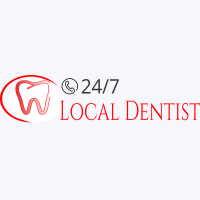Oral health literacy is an essential component of good dental health, as it can play a significant role in helping you understand your local dentist in California.
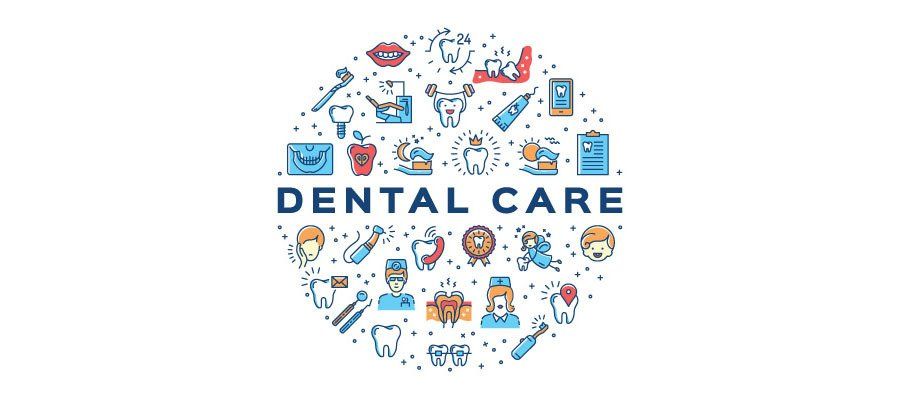
To avoid getting lost in translation and help you build a trusting, long-term relationship with your dentist, the team here at 24/7 Local Dentist has compiled 25 of the most common dental terms you may hear during your appointment.
1. Bonding
Dental bonding involves the application of a tooth-colored restorative material called composite resin. This cosmetic alternative to dental amalgam (silver fillings) improves the appearance of a decayed, discolored, fractured, or chipped tooth.
2. Bruxism
Bruxism is a medical term that refers to teeth grinding and jaw clenching, usually unconsciously. The National Sleep Foundation revealed that around 8 percent of all middle-aged adults and 3 percent of older adults grind their teeth during sleep. Severe bruxism may damage the teeth and jaw and cause head, face, and jaw pain.
3. Caries
Dental caries is the proper dental term for cavities or tooth decay.
4. Cariogenic
A substance is cariogenic if it promotes the development of tooth decay. Cakes and cookies, ice cream, fudge, toffee, and sweetened cereals are examples of cariogenic foods.
5. Dental Abscess
A collection of pus-forming inside the teeth, gums, or bone supporting the teeth characterizes this painful infection. An abscess arises when oral bacteria invade the innermost part of a tooth (the dental pulp), which contains nerves, blood vessels, and connective tissues.
6. Dental Implants
Quality dental implants in Montclair, CA, are surgical components that interface with the jaw or skull bone to provide support for replacement teeth such as a crown or bridge. They may also serve as an anchor for dental braces or facial prostheses.
7. Dentures
Dentures are a set of removable artificial teeth. Full or complete dentures replace all the teeth, while partial dentures replace a section of teeth.
8. Endodontic Treatment
An endodontic procedure, also called root canal therapy, addresses the inside of an infected or inflamed tooth. If left untreated, a dental pulp infection or inflammation can cause severe pain and lead to an abscess.
9. Eruption
Dentists refer to newly visible teeth as eruptions. In most people, all 32 of the permanent teeth have erupted by age 21.
10. Gingivitis
Gingivitis is a common and non-destructive form of gum disease. Irritation, bleeding, redness, and swelling of the gum tissue around the base of the teeth (gingiva) are the usual signs of this reversible disease. Dental scaling and root planing help prevent gingivitis from progressing into periodontitis, resulting in tooth loss.
11. Gum Recession
Not to be confused with a gummy smile, gum recession is present when the tissue surrounding teeth begin pulling back or wearing away, revealing more of the tooth and its root. Like most dental problems, untreated gum recession can lead to missing teeth.
12. Halitosis
Halitosis, also referred to as fetor oris, is the clinical term for bad breath.
13. Impression
An impression is an exact three-dimensional replica of the teeth and gums before undergoing orthodontic treatment and restorative dentistry procedures. The model helps patients visualize and realize the dramatic results of Invisalign, Teeth in 1 Day, and other procedures by comparing the impression to their post-treatment smile.
14. Incisors
Incisors are the four front teeth in the upper and lower jaws.
15. Malocclusion
Malocclusion means having misaligned teeth or a “poor bite.” Bite refers to the way the upper and lower teeth fit together. In a normal bite, the upper teeth sit slightly over the lower teeth, and the surface of the upper molars fit the grooves of the lower molars.
16. Oral
Oral pertains to the mouth.
17. Periodontal Disease
Periodontal disease is a manageable but incurable disease that affects the bone supporting the teeth. It can cause bleeding, sensitivity, difficulty chewing, sore gums, and tooth loss in advanced stages.
18. Plaque
Plaque is a sticky biofilm containing thousands of bacteria. It forms on a tooth’s surface, nooks and crannies, and along the gum line when saliva and food particles combine. Plaque can cause cavities and lead to gum disease in the absence of daily brushing, flossing, and regular dental visits.
19. Prophylaxis
A dental prophylaxis is a common preventative measure that involves x-rays to help a dentist find oral health problems; professional teeth cleaning to remove plaque and tartar, periodontal probing for measuring tissue depth; and ongoing oral care recommendations.
Some patients, especially those with heart conditions and prosthetic joints, may need antibiotic prophylaxis to prevent infection before a dental appointment.
20. Restoration
Restoration is the official dental term for fillings. Fillings restore the appearance and function of a decayed or damaged tooth. Dentists perform a restoration by removing the decayed portion of a tooth, cleaning the affected area, and then sealing the tooth with a non-metal filling.
21. Sealant
A dental sealant is a thin, plastic coating that dentists paint on the teeth’s chewing surfaces to prevent cavities.
22. Sedation Dentistry
Sedation dentistry in California uses medication to help patients calm themselves during dental procedures. It is ideal for healthy individuals who have anxiety or dentophobia.
23. Tartar
Once plaque settles along the gum line and hardens into tartar, even regular teeth brushing and flossing will not remove the stubborn substance. Only a dentist can address tartar buildup and prevent the onset of gum disease.
24. Temporomandibular Joint (TMJ) Pain
The temporomandibular joint is the hinge mechanism connecting the lower jaw (mandible) and the base of the skull (temporal bone). Dysfunctions in the TMJ can cause pain in the jaw joint and the muscles responsible for controlling jaw movement.
25. Third Molars
Most individuals develop a third molar, commonly known as a wisdom tooth, in all quadrants of their mouth: far upper right, far upper left, far lower right, and far lower left. Wisdom teeth often appear between 17 and 25, although eruption may begin as early as age 13.
Even though four wisdom teeth are the average, around 20 to 25 percent of the human population only have one or up to three wisdom teeth. Meanwhile, some individuals never develop them at all, some have more than the norm, and some experience impacted wisdom teeth.
Contact 24/7 Local Dentist
The above covers 25 of the frequently-used dental health terms you might encounter when you visit us at 24/7 Local Dentist in Southern California. If there is a certain word or phrase you do not understand, you can always ask for our guidance.
If you have questions concerning your oral health and would like to schedule an appointment with our team, call us at (833) 220-2448.
